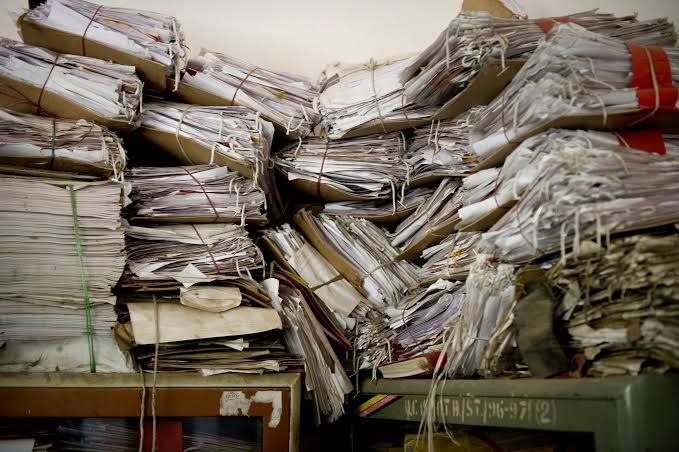This is an edited excerpt from Indira Sawhney Judgment (Headings have been added)
There is no set or recognised method. There is no law or other statutory instrument prescribing the methodology. The ultimate idea is to survey the entire populace. If so, one can well begin with castes, which represent explicit identifiable social classes/groupings, more particularly when Article 16(4) seeks to ameliorate social backwardness. What is unconstitutional with it, more so when caste, occupation, poverty and social backwardness are so closely inter-twined in our society? [Individual survey is out of question, since Article 16(4) speaks of class protection and not individual protection].
This does not mean that one can wind up the process of identification with the castes. Besides castes (whether found among Hindus or others) there may be other communities, groups, classes and denominations which may qualify as backward class of citizens. For example, in a particular State, Muslim community as a whole may be found socially backward.
Similarly, certain sections and denominations among Christians in Kerala who were included among backward communities notified in the former princely State of Travancore as far back as in 1935 may also be surveyed and soon and so forth. Any authority entrusted with the task of identifying backward classes may well start with the castes. It can take caste ‘A’, apply the criteria of backwardness evolved by it to that caste and determine whether it qualifies as a backward class or not. If it does qualify, what emerges is a backward class, for the purposes of Clause (4) of Article 16.
The concept of ‘caste’ in this behalf is not confined to castes among Hindus. It extends to castes, wherever they obtain as a fact, irrespective of religious sanction for such practice. Having exhausted the castes or simultaneously with it, the authority may take up for consideration other occupational groups, communities and classes. For example, it may take up the Muslim community (After excluding those sections, castes and groups, if any, who have already been considered) and find out whether it can be characterised as a backward class in that State or region, as the case may be.
The approach may differ from State to State since the conditions in each State may differ. Nay, even within a State, conditions may differ from region to region. Similarly, Christians may also be considered. If in a given place, like Kerala, there are several denominations, sections or divisions, each of these groups may separately be considered. In this manner, all the classes among the populace will be covered and that is the central idea. The effort should be to consider all the available groups, sections and classes of society in whichever order one proceeds.
Since caste represents an existing, identifiable, social group spread over an overwhelming majority of the country’s population, we say one may well begin with castes, if one so chooses, and then go to other groups, sections and classes. We may say, at this stage, that we broadly commend the approach and methodology adopted by Justice O. Chinnappa Reddy Commission in this respect.
We do not mean to suggest – we may reiterate – that the procedure indicated hereinabove is the only procedure or method/approach to be adopted. Indeed, there is no such thing as a standard or model procedure/approach. It is for the authority (appointed to identify) to adopt such approach and procedure as it thinks appropriate, and so long as the approach adopted by it is fair and adequate, the court has no say in the matter. The only object of the discussion in the preceding para is to emphasise that if a Commission/Authority begins its process of identification with castes (among Hindus) and occupational groupings among others, it cannot by that reason alone be said to be constitutionally or legally bad.
We must also say that there is no rule of law that a test to be applied for identifying backward classes should be only one and/or uniform. In a vast country like India, it is simply not practicable. If the real object is to discover and locate backwardness, and if such backwardness is found in a caste, it can be treated as backward; if it is found in any other group, section or class, they too can be treated as backward.
Reservation is not being made under Clause (4) in favour of a ‘caste’ but a ‘backward class’. Once a caste satisfies the criteria of backwardness, it becomes a backward class for the purposes of Article 16(4).
It is sufficient to say that the classification is not on the basis of the caste but on the ground that that caste is found to be a backward class not adequately represented in the services of the State. Born Heathen, by baptism, it becomes a Christian – to use a simile. Baptism here means passing the test of backwardness.
Reference
Indira Sawhney v. Union of India (1992)
